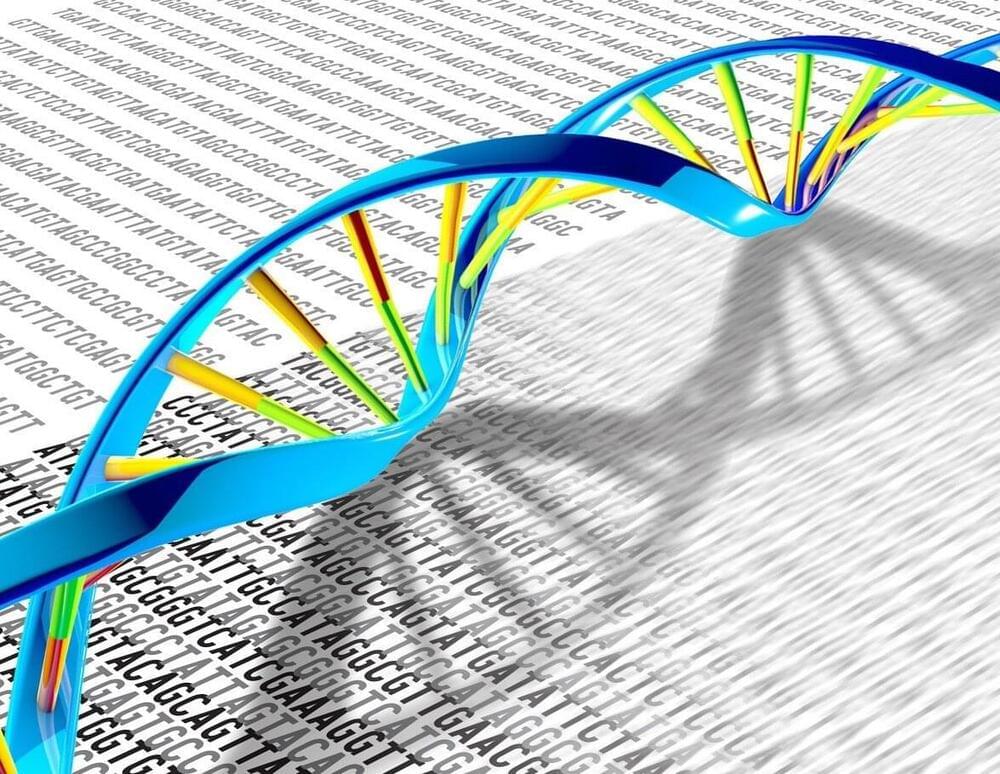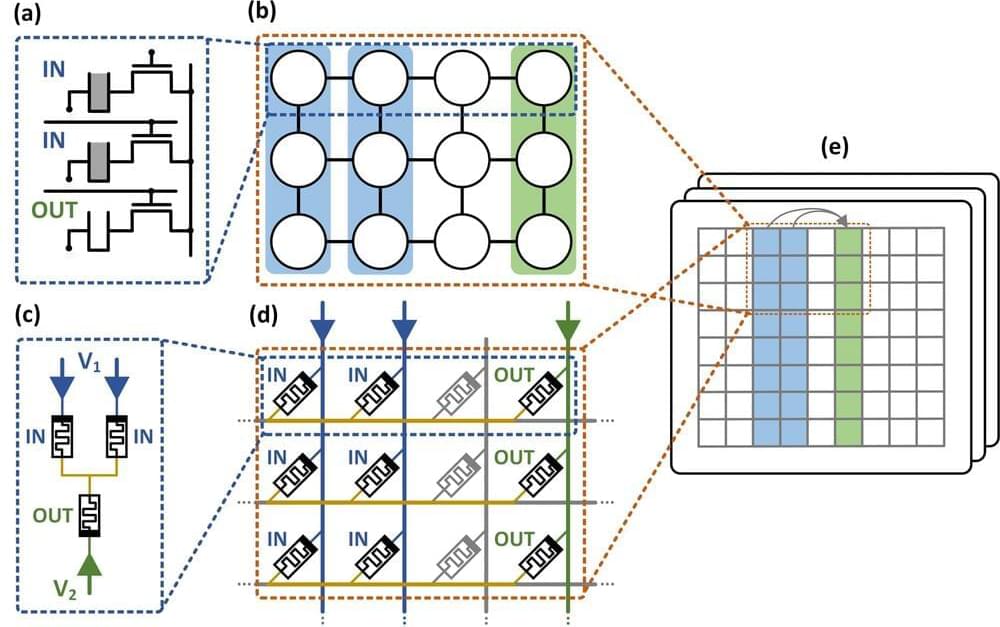A genomic test developed at UC San Francisco to rapidly detect almost any kind of pathogen—virus, bacteria, fungus or parasite—has proved successful after a decade of use.
The test has the potential to vastly improve care for neurological infections that cause diseases like meningitis and encephalitis, as well as speed up the detection of new viral pandemic threats. It uses a powerful genomic sequencing technique, called metagenomic next-generation sequencing (mNGS).
Rather than looking for one type of pathogen at a time, mNGS analyzes all the nucleic acids, RNA and DNA, that are present in a sample.








